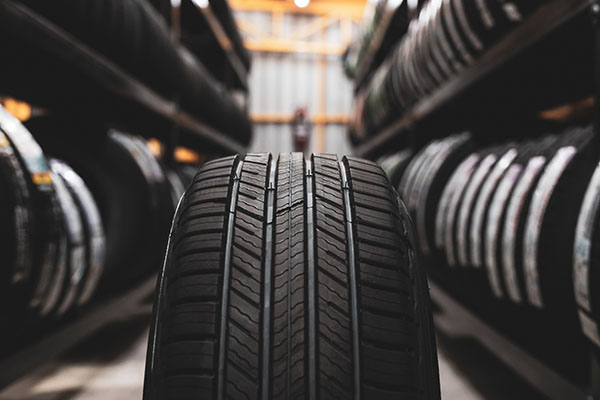
When it comes to choosing tires for your car, the array of numbers and letters on the sidewall can be confusing. However, these tire markings carry essential information about the tire's size, type, and capabilities. Here you will find a simple explanation of what they mean and how to choose the right ones for your car!
Understanding Tire Numbers
Tire numbers may appear puzzling at first glance, but they follow a standardized format that provides crucial information about the tire's characteristics. Let's break down a typical tire sidewall number to understand its significance:
Tire Size
The first set of numbers indicates the tire's size, typically represented as three digits, such as 205/55R16. The first number (205) represents the tire's width in millimeters, the second number (55) represents the aspect ratio (height as a percentage of the width), and the "R" denotes the radial construction of the tire. The last number (16) indicates the diameter of the wheel in inches.
Load Index and Speed Rating
Following the tire size, you'll find two numbers, such as 91V. The load index (91) indicates the maximum weight the tire can support, and the speed rating (V) represents the tire's maximum speed capacity. The load index and speed rating are essential considerations, ensuring that the tires can handle the weight of your vehicle and match its performance capabilities.
Here are a few of the most purchased tires in the USA:
- Michelin Pilot Sport 4S
- Michelin CrossClimate 2
- Goodyear Assurance MaxLife
- Goodyear Assurance All-Season
- Falken Sincera SN201 A/S
Picking the Right Tires for Your Car
Selecting the right tires for your vehicle involves more than just understanding tire numbers. Here are some tips to guide you in making the best choice:
Consider Your Driving Needs
Assess your driving habits and needs. Do you drive mostly on highways, city streets, or off-road terrains? Are you in an area with severe winters or constant rain? Different tire types, such as all-season, summer, winter, and off-road tires, are designed to perform optimally in specific conditions.
Balance Performance and Comfort
Decide whether you prioritize performance or comfort. High-performance tires offer better handling and grip, but they may compromise ride comfort. All-season tires strike a balance between performance and comfort, making them a popular choice for daily drivers.
Check Manufacturer Recommendations
Refer to your vehicle's owner's manual or consult with a qualified mechanic to find the recommended tire size and type for your specific make and model. Adhering to the manufacturer's recommendations ensures proper fitment and performance.
Quality Matters
Invest in reputable tire brands known for their quality and safety standards. Premium tire brands may cost more, but they often offer enhanced durability, traction, and handling, providing better value in the long run.
Consider Seasonal Changes
If you experience distinct seasons, consider having separate sets of summer and winter tires. Winter tires provide superior grip and handling in cold, icy, and snowy conditions, while summer tires excel in warm weather.
When it comes to tires, we are among the best in the state! Who are "we" - the answer is Extreme Auto Repair. Book an appointment, come to the shop, or call us for any questions or appointment scheduling.